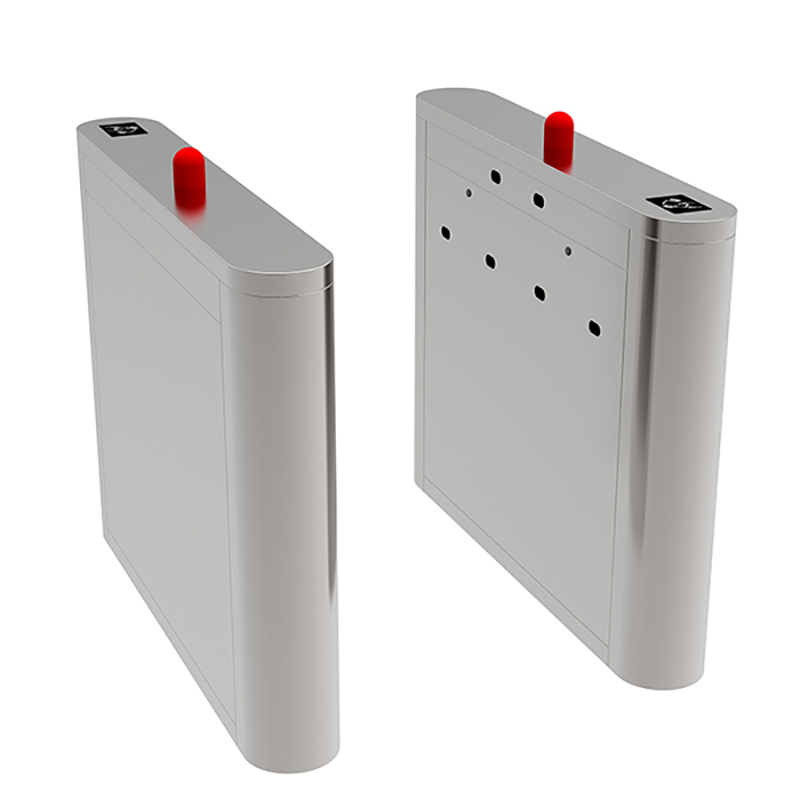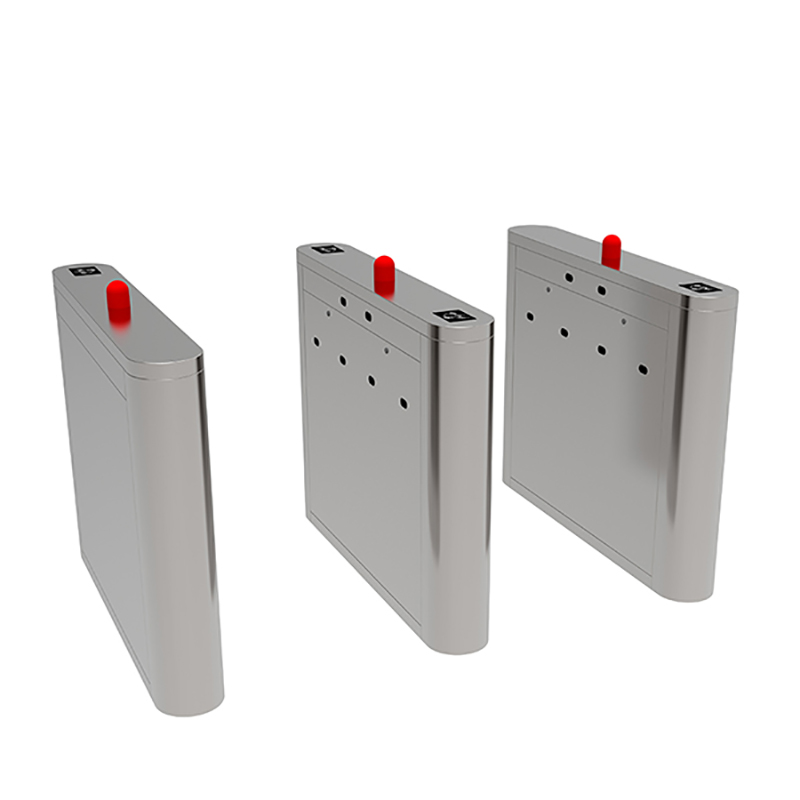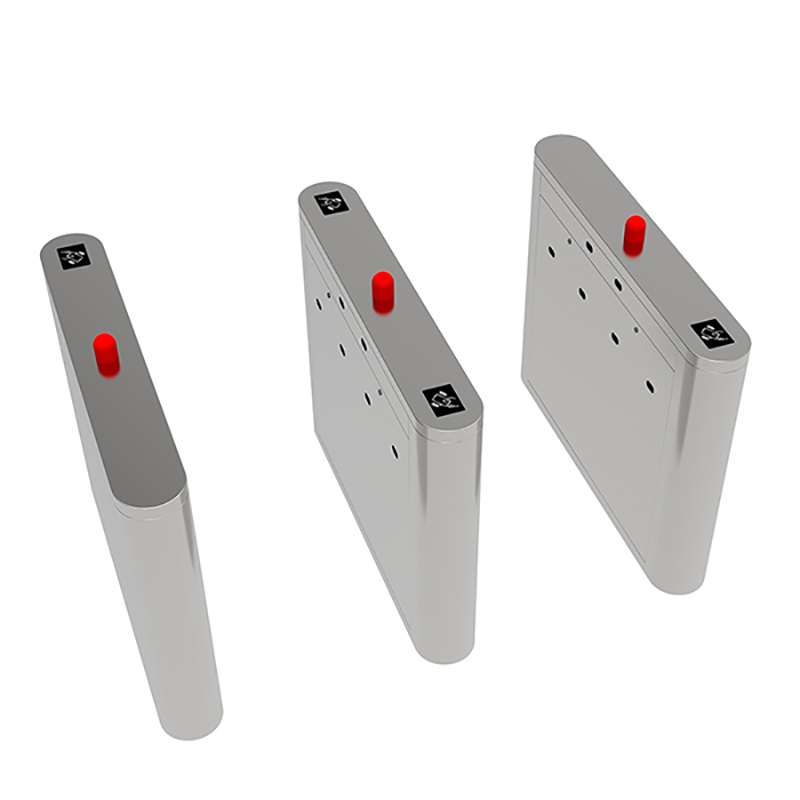What is obstacle-free lane?
An obstacle-free lane is a type of lane that is designed to provide safe and convenient access for people with disabilities. It is also known as an accessible lane, wheelchair lane, or disabled access lane. The purpose of an obstacle-free lane is to provide a safe and comfortable environment for people with disabilities to move around in public spaces.
Obstacle-free lanes are typically marked with a distinctive yellow line and are usually located near the entrance of a building or public space. They are designed to provide easy access for people with disabilities, such as those who use wheelchairs, walkers, or other mobility aids. The lanes are also designed to provide a safe and comfortable environment for people with disabilities to move around in public spaces.
Obstacle-free lanes are typically equipped with ramps, elevators, and other features that make it easier for people with disabilities to access the area. They are also designed to provide a safe and comfortable environment for people with disabilities to move around in public spaces.
Obstacle-free lanes are typically used in public spaces such as airports, shopping malls, hospitals, and other places where people with disabilities may need to access the area. They are also used in private spaces such as homes and businesses.
Obstacle-free lanes are also used in public transportation systems such as buses, trains, and subways, parking lots and garages, public parks and recreational areas, public buildings such as schools, libraries, and government buildings, restaurants, theaters, and other places of entertainment.
Obstacle-free lanes are an important part of providing safe and convenient access for people with disabilities. They are also designed to provide easy access for people with disabilities, such as those who use wheelchairs, walkers, or other mobility aids.
There is no barriers for obstacle-free lane turnstile, that means passengers can achieve free way via infrared sensors triggering. It’s mainly convenient used for blind access.
Post time: Feb-28-2022











